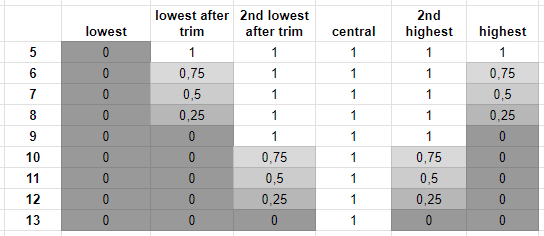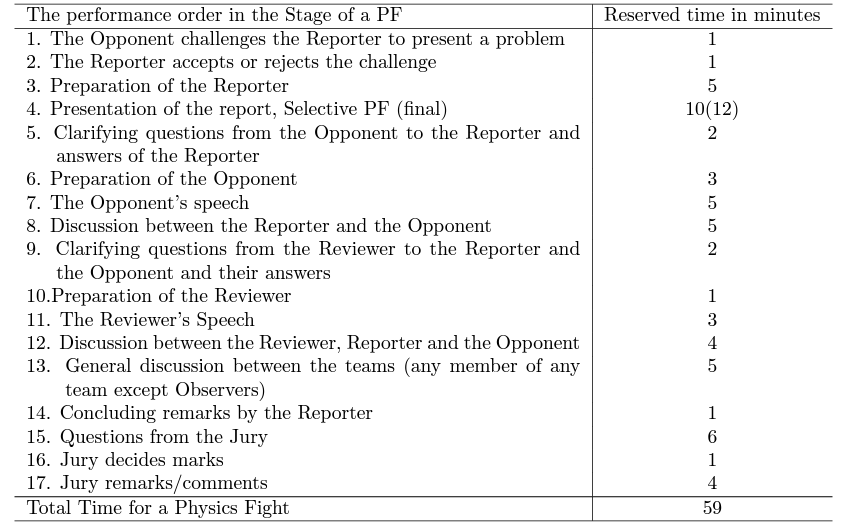Main regulations for the tournament
-
The competition is open for teams of university students in Bachelor’s and Master’s programmes. It is a maximum of 6 team members in each team.
-
In addition, each team has up to two team leaders, usually PhD students or professors.
-
If the number of seats at the event is smaller than the number of registered countries, the IPT execom runs a preselection round.
-
The top seven teams of the previous edition and the host university are automatically qualified for the next IPT, without a need to go to preselection.
-
The strategic decisions about the IPT are done by the Decision Assembly, which consists of the national representatives of the participating teams. Their meetings usually happen during the IPT event. The Decision Assembly also might have online polls and elections.
-
The default registration fee for the event is 1100 EUR. It covers lodging and catering for a team, consisting of up to 6 team members and up to 2 team leaders. The Local Organising Committee can propose the updated registration fee no later than 3 months before the event. Additional guests can accompany the team for an additional fee.
Main regulations for a physics fight
-
In each physics fights three (or four) teams take place and in turn take the roles of reporter, opponent and moderator (and observer). Read more about the roles on our How to play? page.
-
In each physics fight, each team has 3 non-penalised tactical rejections and 1 permanent rejection. In the first fight, one more tactical rejection is allowed. After using all the rejections, each additional rejection is stored as permanent and reduces the reporter coefficient on 0.2: 2.8, 2.6, 2.4….
-
The penalty coefficient is preserved for the semifinals.
-
Each team has a one-minute timeout per physics fight, which can be taken if not interrupting other teams’ monologue.
-
The top team after the selective fights makes it straight to the finale, 2-7 places form two semifinals: 2,5,6 and 3,4,7.
-
The Opp cannot challenge a problem which a) was permanently rejected by the Rep earlier; b) was presented by the Rep earlier; c) was opposed by the Opp earlier; d) was presented by the Opp earlier. The rules are lifted in the order d), c), b) and a).
-
Each team member can make it to the stage only twice for normal fights, and once for the finale.
-
The final grades for each round for each participant are calculated as a weighted mean, where weights are defined by the table below:

Stage timings for a physics fight

Grading criteria
The jurors are instructed to follow the grading criteria from the main rules below. For convenience, they are shortened in the one-page guidance, which jurors can refer to during each fight.
The jurors are using these scoring sheets to facilitate compliance with the guidance and provide feedback to the participants. The completed scoring sheets are available at the end of each day on the IPT-connect website.
Official papers
If you want to read the most precise wording of the regulatory documents, here are all the links:
